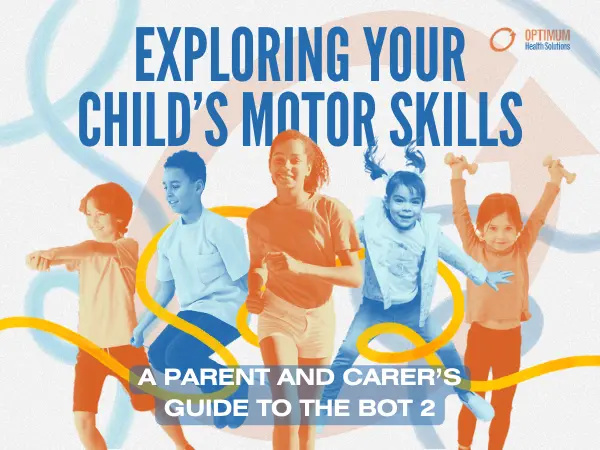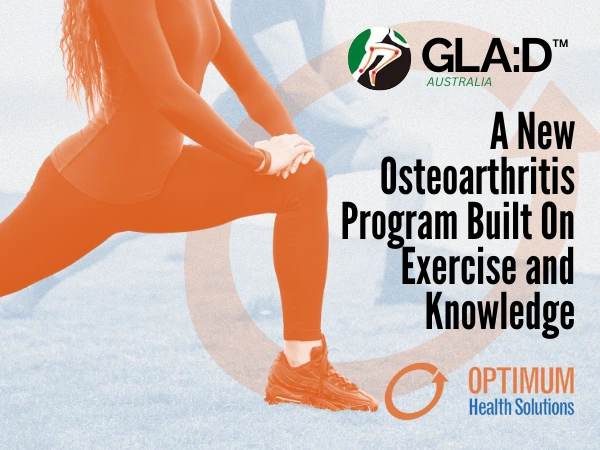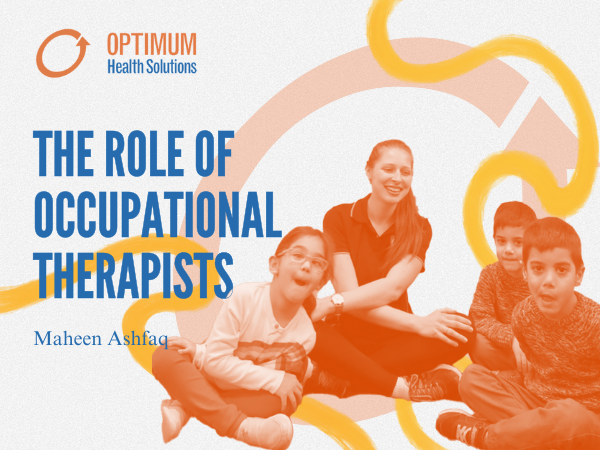INTELLECTUAL DELAYS
To the majority of us, things like brushing our teeth, getting dressed, and having a shower come as second nature. For those with intellectual delays and/or processing conditions such autism, they need a little extra help to get these done.
THE ROLE OF OCCUPATIONAL THERAPISTS
Occupational Therapist can help with this, and one way of enhancing someone’s independence in their self-care activities of daily living is with visuals. Many people with autism benefit more from a visual breakdown of what they are doing than listening to verbal instructions. To accommodate this, we may look to develop a visual checklist so the person can track what they’ve done, and what’s to come.
People with autism can have challenges with understanding and coping with what will happen in the future, so using a visual aid is a great way to prepare them, as well as track what steps they’ve already achieved.
Common forms of visual aids include visual checklists and schedules, ‘First/Then’ boards, social stories, and communication books, all of which assist with transitioning between tasks, maintaining attention to tasks, and maintaining routine. In turn, the aim is to reduce challenging behaviours linked with routine, and enhance independence with meaningful activities!








